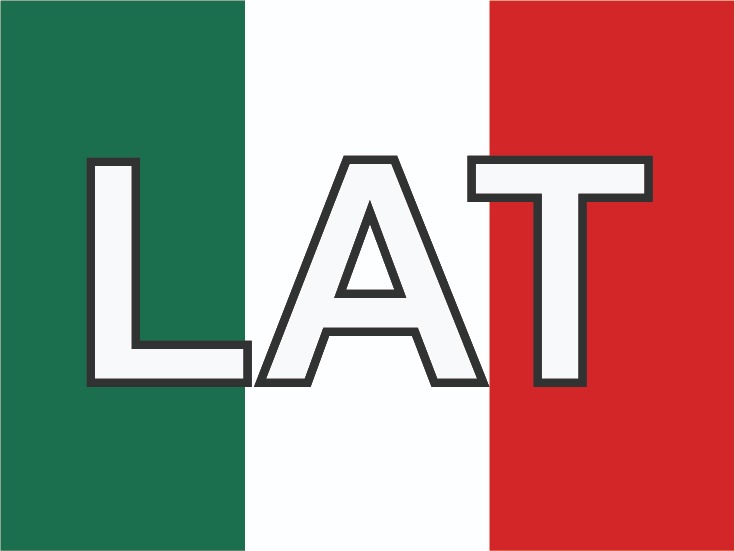Curricular Design, a shared responsibility.
Abstract
Introduction: Curricular design is mainly affected by the following: the principles, the main basic problem definitions, and the structure. These components come together to find specific solutions to problems in many disciplines. This study contributes to incentivize reflections in the curricular practice and to search in the curricular fields to establish institutional policies related to the curricular management of academic programs aiming to improve their pertinence and quality.
Objectives: To describe the curricular design methods, principles and main basic problem definitions in the academic programs of the Faculty of Health at Universidad del Valle.
Methodology: We used hermeneutic phenology as the qualitative focus methodology, which allows us to understand and describe what curricular design agents have lived during a certain past period. The Focal groups were interviewed by the academic program committees of the Faculty of Health at Universidad del Valle.
Results: Each academic program considers aspects like the normative factor, as well as the national, local, and international context. Some academic programs developed their own curriculum with different associations they made to improve their curriculum. On the other hand the participation of teachers in curricular design is constant but graduate student and employee participation fluctuates.
Conclusions: Teacher performance is based on discipline formation; however, it is necessary to understand the curricular design stage as an issue to improve their university labor. The teacher formative process related with the curricular design of the academic programs should be strengthened, thinking of their personal pertinence and quality.
Authors
Downloads
Keywords
- Curricular
- Curricular design
- Curriculum research
- Fundamentation curricular structure and principles.
The copy rights of the articles published in Colombia Médica belong to the Universidad del Valle. The contents of the articles that appear in the Journal are exclusively the responsibility of the authors and do not necessarily reflect the opinions of the Editorial Committee of the Journal. It is allowed to reproduce the material published in Colombia Médica without prior authorization for non-commercial use




















